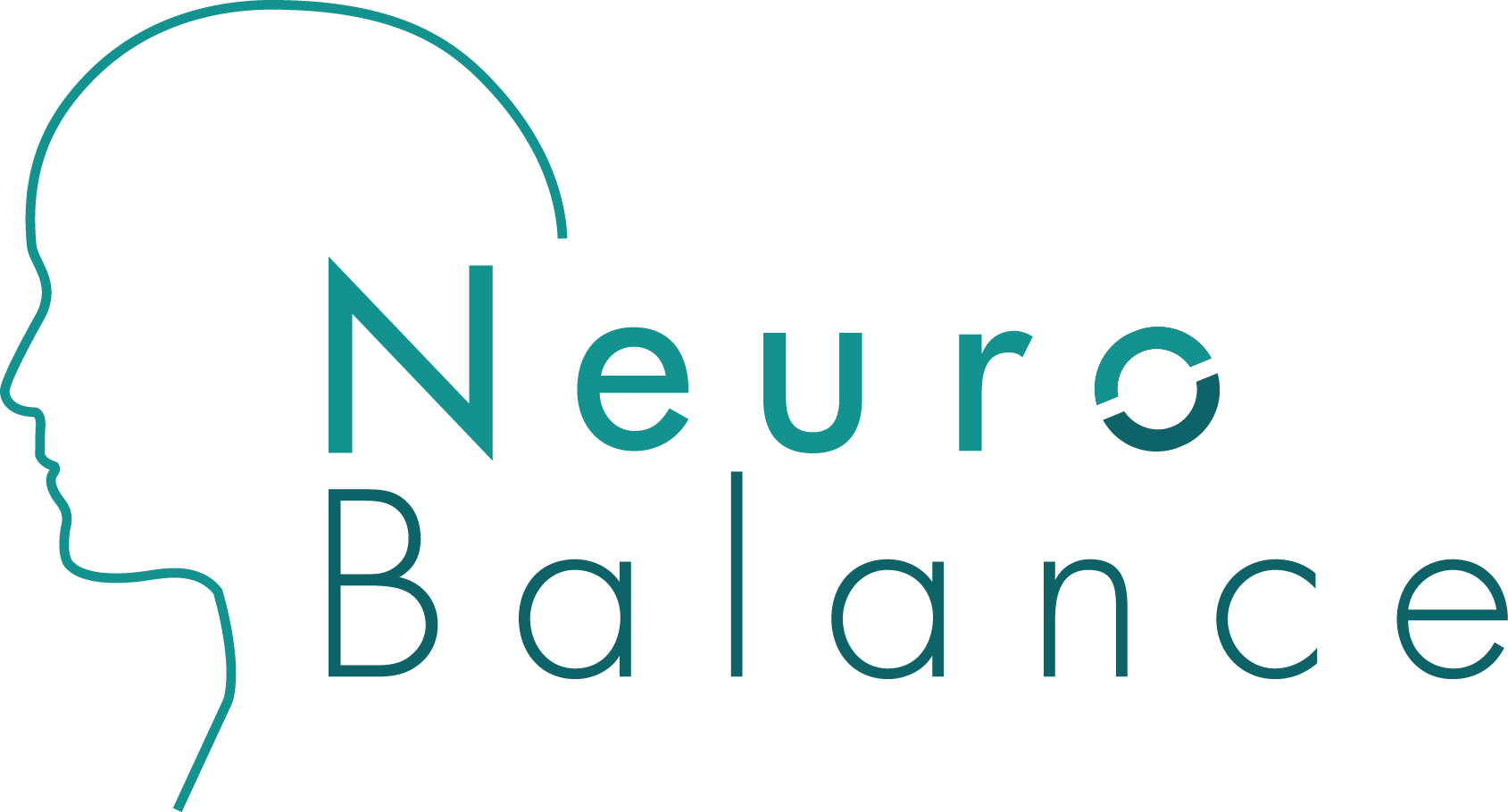Rethinking the Brain: Beyond the Blank Slate at Birth
The traditional view of the human brain at birth as a blank slate, ready to be shaped entirely by experience, is being challenged by a series of groundbreaking studies. These investigations are reshaping our understanding of early brain development, suggesting that the brain's foundational structures and capabilities are more sophisticated and predetermined than previously thought.
The Myth of Cortical Reorganisation
One of the foundational beliefs in neuroscience was the brain's ability to rewire itself extensively in response to new experiences or injuries, a concept known as cortical reorganization. However, recent research led by Tamar Makin from the University of Cambridge has called this notion into question. The study, published in eLife, suggests that what has been perceived as the brain's rewiring is more accurately described as the potentiation of pre-existing neural architecture. This architecture is capable of adapting through mechanisms such as Hebbian and homeostatic plasticity, but the scope for functional change is constrained by the brain's structural blueprint from the outset, including during early development.
Early Life Experiences and Brain Wiring
The impact of early life experiences on brain development is profound. Studies have highlighted how these experiences can affect brain wiring patterns, potentially leading to disorders like autism and schizophrenia. The research underscores the significance of early environmental influences but also points to an intrinsic blueprint that guides neural development from the very beginning.
The Complexity of Brain Connections
Further dispelling the blank slate theory, research has unveiled the intricate sophistication of brain connections that exist from an early age. This complexity is not merely the result of learning and adaptation to the environment but is an inherent part of the brain's architecture. Such findings imply that the neural pathways and networks crucial for cognitive and sensory processing are far more complex and established earlier than once thought.
The Role of Sound in Early Brain Development
Interestingly, the influence of sound on the developing brain has been observed to begin much earlier than previously assumed. Studies in newborn mice have demonstrated that early exposure to sound can alter wiring patterns in brain areas responsible for sound processing, suggesting a critical period for neurodevelopment that precedes what was traditionally recognized. These findings have implications for understanding human development and the timing of interventions in cases of congenital deafness.
Brain Networks: A Fluid Structure
Contrary to the belief in fixed brain structures, recent studies have shown that the structure of brain networks is fluid and can change fundamentally over time. This dynamism is not restricted to early development but continues throughout life, indicating that while the brain has a predetermined blueprint, it also retains a remarkable capacity for adaptation and restructuring in response to new experiences and challenges.
Learning and Memory Before Birth
Adding to the evidence against the blank slate theory, research has shown that fetuses are capable of learning and retaining information weeks before birth. This capability indicates that the foundations of learning and memory are built into the brain's structure well before exposure to the external environment, challenging the notion that these faculties are purely the result of postnatal experiences.
The Impact of Depression on Brain Structure
In the realm of mental health, treatments for depression, such as neurofeedback therapy, electroconvulsive therapy (ECT) and antidepressants, have been found to alter the structure of the adult brain, enhancing connectivity. This evidence further supports the concept that the brain's structure is not fixed but is responsive to both internal changes and external interventions.
Gestational Iron Deficiency and Brain Development
Gestational iron deficiency has been linked to significant changes in the brain's development, affecting the balance between excitatory and inhibitory neurons in the cerebral cortex. This imbalance can lead to an increased risk of neurodevelopmental disorders, highlighting the importance of the prenatal environment and its influence on the brain's inherent structures.
Conclusion
The body of research challenging the blank slate theory underscores the complexity and inherent sophistication of the brain at birth. While environmental factors and experiences play crucial roles in shaping the brain, they do so within the constraints of a pre-existing structural and functional blueprint. These insights not only advance our understanding of brain development but also have profound implications for early interventions, education, and the treatment of neurological disorders.
-A Balanced Brain is a Better Brain for a Happier Life-
